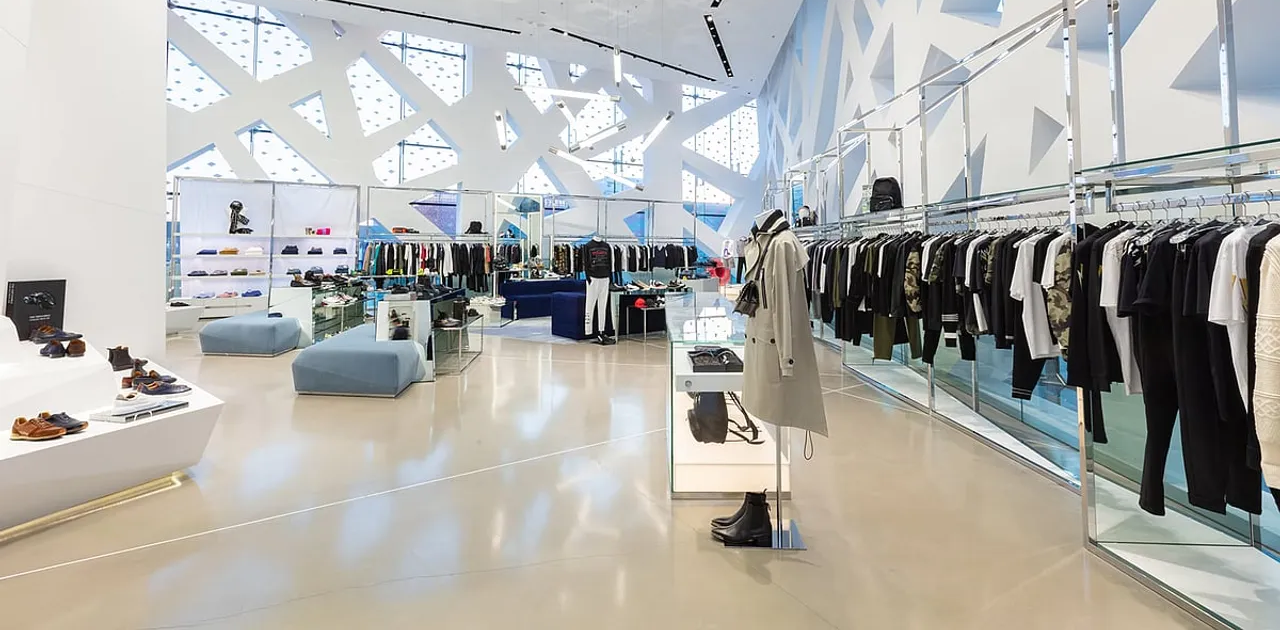Now Reading: 2025 Demand Trends That Will Reshape Every Industry
-
01
2025 Demand Trends That Will Reshape Every Industry
2025 Demand Trends That Will Reshape Every Industry

Table of Contents
As we move closer to 2025, businesses, investors, and marketers are watching demand trends more closely than ever before. From the latest in technology and sustainability to changes in lifestyle and work habits, what people want and how they want it is shifting fast.
Understanding demand trends in 2025 can give businesses a clear advantage. In this report, we break down the most important consumer expectations across industries, and why these changes are shaping the future of global markets.
1. Digital and AI Services Will Dominate

The biggest demand in 2025 will come from digital-first services, especially those that use artificial intelligence (AI). Whether it’s AI-powered customer service, personalized shopping, or smart home technology, people are leaning more toward intelligent systems that save time, provide convenience, and give faster results.
Key Sectors:
- E-commerce
- Healthcare
- EdTech
- FinTech
- Real Estate
In fact, industries that can integrate AI and machine learning into their services without replacing the human touch will be more successful. This shift is also creating demand for AI skill training, as job markets adjust to new technologies.
2. Eco-Conscious Choices Are Now a Requirement

Consumers in 2025 are not just interested in eco-friendly products they are demanding them. From plastic-free packaging to carbon-neutral logistics, green solutions are no longer a trend but a baseline expectation.
People are looking for:
- Transparent supply chains
- Organic, locally sourced materials
- Renewable energy usage
- Eco-certifications on labels
Brands that fail to meet these expectations may lose market share, especially among Gen Z and Millennials, who prioritize climate responsibility when choosing products or services.
3. Health and Wellness Stay at the Top

Post-pandemic habits haven’t gone away—in fact, they’ve grown stronger. Consumers in 2025 are more health-aware than ever before. They want:
- Clean eating options (plant-based, gluten-free, sugar-free)
- Mental wellness support (apps, therapy, self-care kits)
- Fitness-at-home solutions (wearables, virtual coaches, AI fitness platforms)
This is great news for brands in the wellness, fitness, and healthcare space. Personalized health solutions are especially in demand. People want tools that understand their bodies and goals, and help them take proactive steps to live better.
4. Remote Work Will Drive Lifestyle Purchases

The remote work culture continues to thrive into 2025. People are now designing their lifestyles around more flexible schedules and location-independent careers.
As a result, demand is rising in:
- Home office furniture and tech
- Co-living and co-working spaces
- Digital nomad travel packages
- High-speed internet providers
Consumers want comfort and productivity combined. This has led to growth in real estate areas outside major cities, and an increase in tech upgrades for home use.
5. Personalized Experiences Are a Must

From fashion to travel, hyper-personalization is one of the strongest demand trends in 2025. Thanks to AI and better data analytics, brands can now deliver:
- Tailored product recommendations
- Custom-made clothing and accessories
- Unique travel itineraries
- Dynamic pricing based on user behavior
Consumers love to feel seen and understood. Businesses that invest in personalization tech will gain higher engagement and loyalty.
6. Resale and Rental Markets Are Booming

With sustainability and financial savings in mind, 2025 will see a rise in circular economy models. People are becoming more open to:
- Buying second-hand (fashion, electronics, home goods)
- Renting instead of owning (cars, appliances, luxury goods)
- Trading and sharing via peer platforms
Platforms like ThredUp, Rent the Runway, and Airbnb are seeing massive demand growth. New players entering these markets should focus on trust, convenience, and affordability.
7. Digital Entertainment Still on the Rise

Even with a return to normal life, digital entertainment is not slowing down. The demand for streaming, gaming, and online communities continues to grow in 2025.
Key areas:
- Interactive streaming (choose-your-ending shows, virtual concerts)
- VR gaming and immersive storytelling
- Creator-led content platforms (Patreon, Substack, YouTube Premium)
Audiences are no longer passive—they want to engage, co-create, and influence the content they consume. Brands should align with creators or invest in interactive formats to stay relevant.
8. Ethical and Transparent Brands Are Winning Hearts

Today’s consumers are doing their research. In 2025, brand loyalty will be built on values not just product quality. People want to buy from companies that are:
- Inclusive and diverse
- Transparent about labor practices
- Honest in advertising
- Supportive of social causes
Transparency is now a selling point. Businesses should share their journey openly, admit shortcomings, and invite customers to be part of the change.
Conclusion: The Customer is Still King—But Smarter
The biggest demand trend of 2025 isn’t about any one product or service. It’s about trust, convenience, and relevance. Consumers want things that align with their values, fit their lifestyle, and make their life better without extra effort.
For companies, the challenge is to stay agile, adopt technology wisely, and listen closely to what customers really want. The ones that do will lead the market in 2025 and beyond.
Read More:- Deyaar’s Latest Announcement Shakes Up the UAE Property Market






















